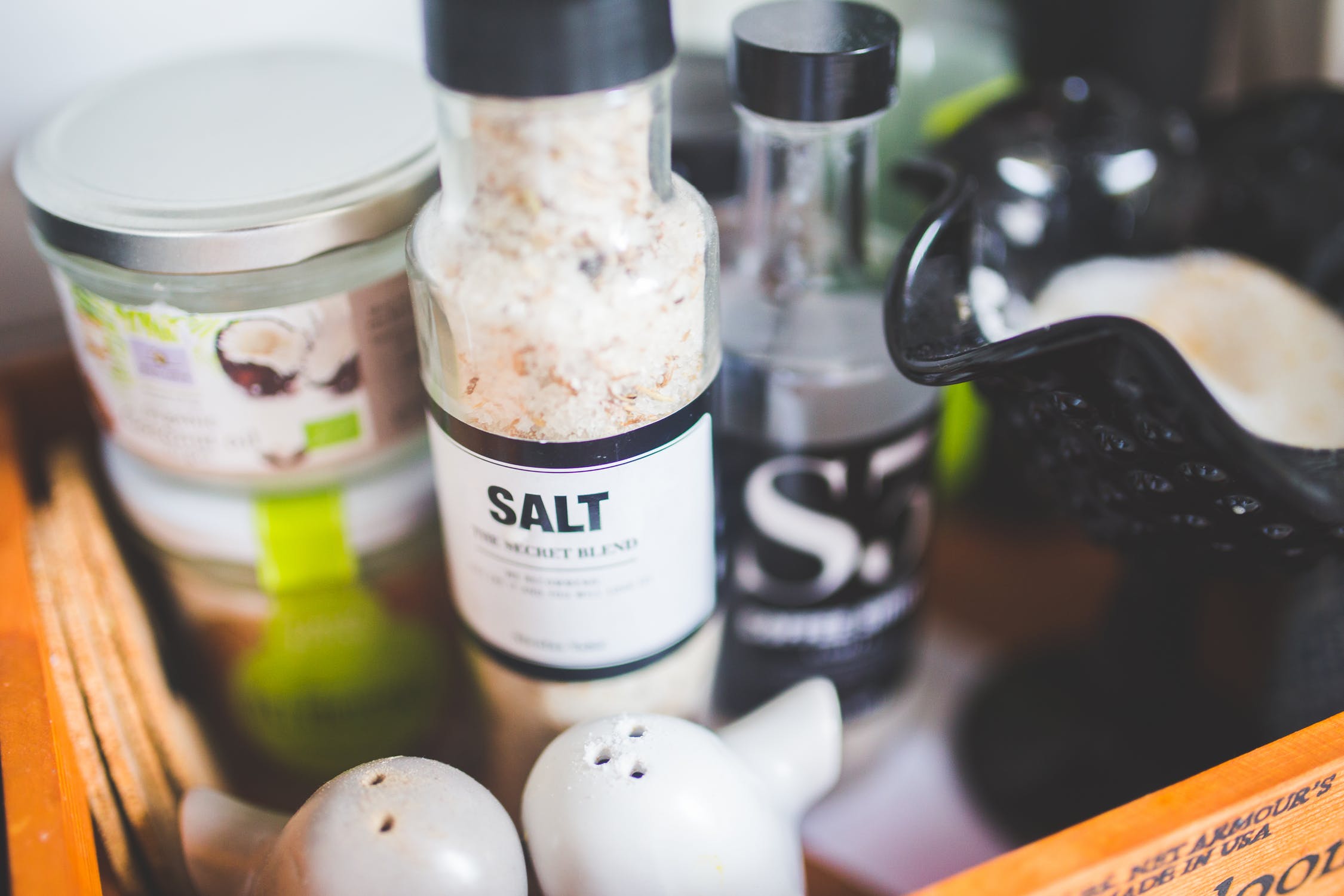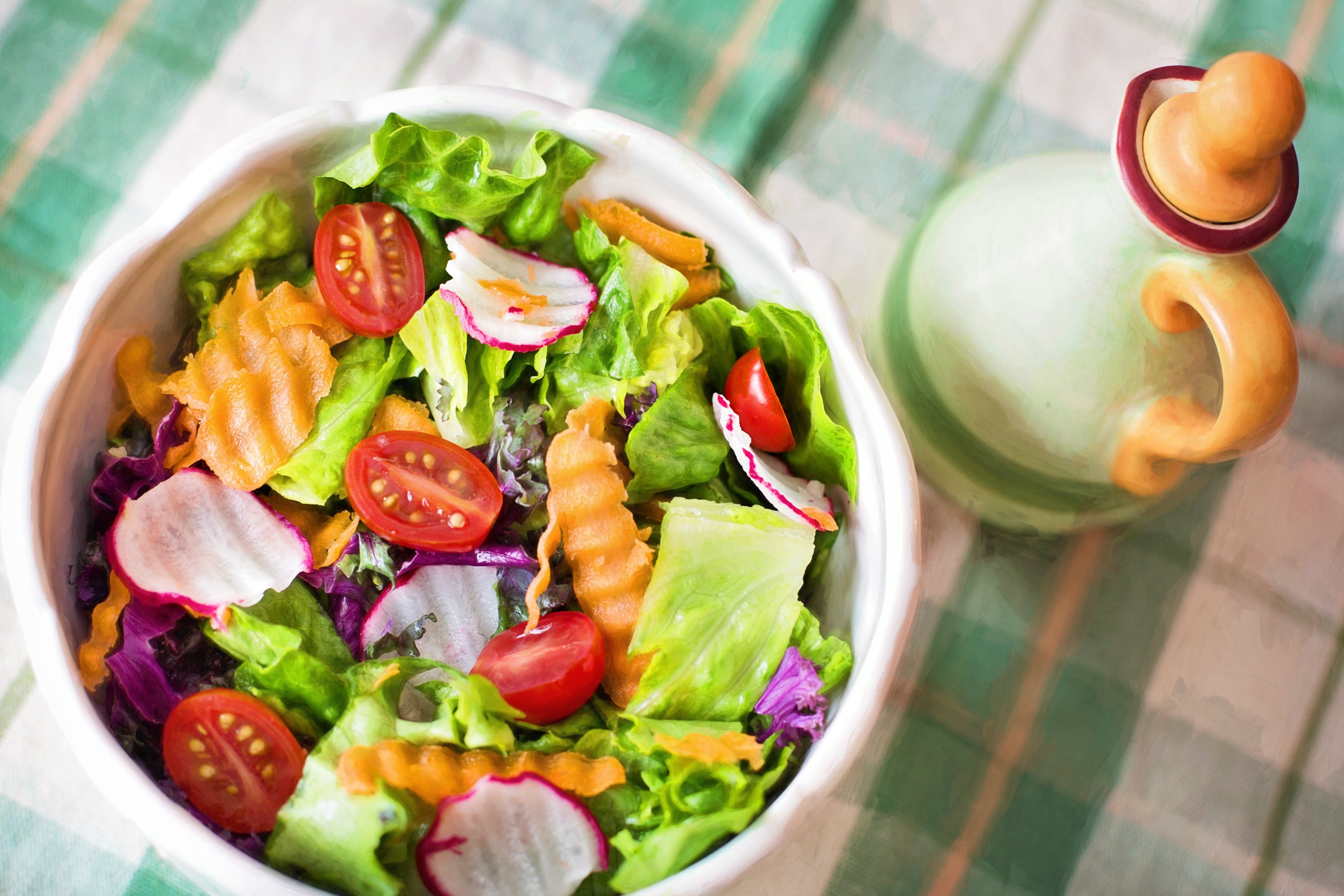The Department of Health estimates that if we could reduce our average salt intake from 8g per day to 6g per day, we could prevent more than 8,000 premature deaths from heart attacks and stroke.
High consumption of salt is the biggest cause of high blood pressure, therefore the more salt you eat, the higher your blood pressure will be. High blood pressure damages the kidneys over time, and is a leading cause of kidney failure.
Cutting down on our salt intake is one of the best ways to guarantee a healthy life, but it can be difficult when salt is in almost everything.
Ditch cooking with salt
Cooking with salt is an easy habit to adopt, and so many people swear by only using salt and pepper for seasoning. However, you should try not to use any salt when cooking as a lot of items already include quite a bit of salt. Instead get extra flavour with herbs and spices, and from seasonings such as chilli, paprika, ginger or lemon.
Read the fine print
When food shopping, compare nutrition labels on food packaging and try to choose healthier options. You can cut your salt intake simply by checking the labels and choosing options that are lower in salt. For example, if you want to buy bacon, then opt for the reduced-salt unsmoked back bacon.
Homemade is better than shop bought
We cannot control the quantity of salt included in ready-made pasta sauces or pre-made meals, however, we can control what we make. Therefore, try to avoid anything ready-made and make it all from scratch yourself. Go easy on soy sauce, mustard, pickles, mayonnaise and other table sauces when cooking as they contain high amounts of salt.
Choose healthy snacks
Crisps and crackers are often packed full of salt, so try to opt for healthier snacks such as fruit and vegetables. Other low-salt snacks include apples with peanut butter, unsalted nuts, popcorn, smoothies and yoghurt.
Read more: Creating healthy snacking choices in the workplace
Make smart choices when eating out
When eating out in a restaurant or café, or ordering a takeaway, you can still eat lower-salt foods. For example, choose vegetable toppings for pizza instead of meats, choose tomato sauce with vegetables or chicken for pasta dishes instead of bacon and cheese, and go for plain rice if you have a Chinese or Indian meal.




